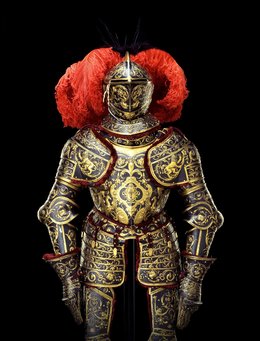Module Text with Image
Among the more than twenty thousand artists who are represented here are Old and New Masters such as Lucas Cranach, Albrecht Dürer, Caspar David Friedrich, Henri Toulouse-Lautrec, Ernst Ludwig Kirchner, Käthe Kollwitz and Pablo Picasso, but also contemporary artists such as Gerhard Richter and Wolfgang Tillmans. The selection is not restricted to artists from Europe: Japanese, Chinese and Indian works are also part of the collection that spans 800 years of art history.
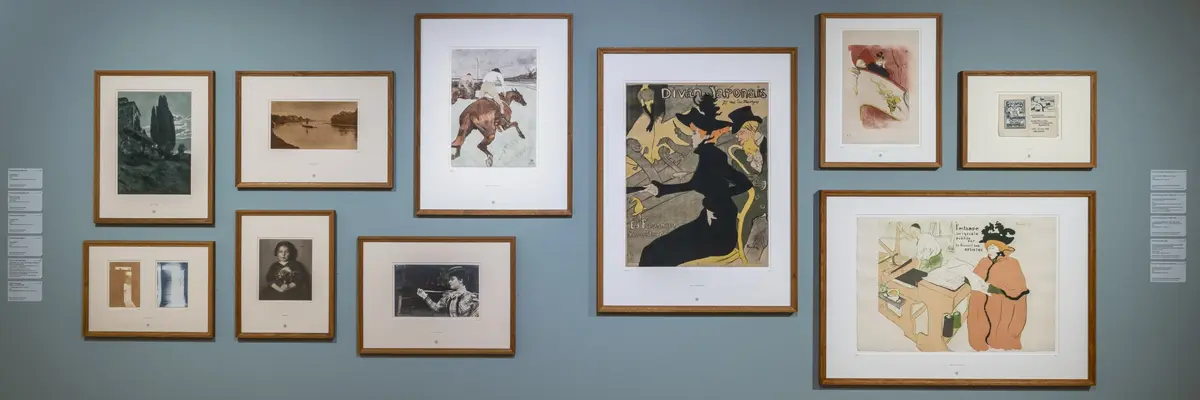
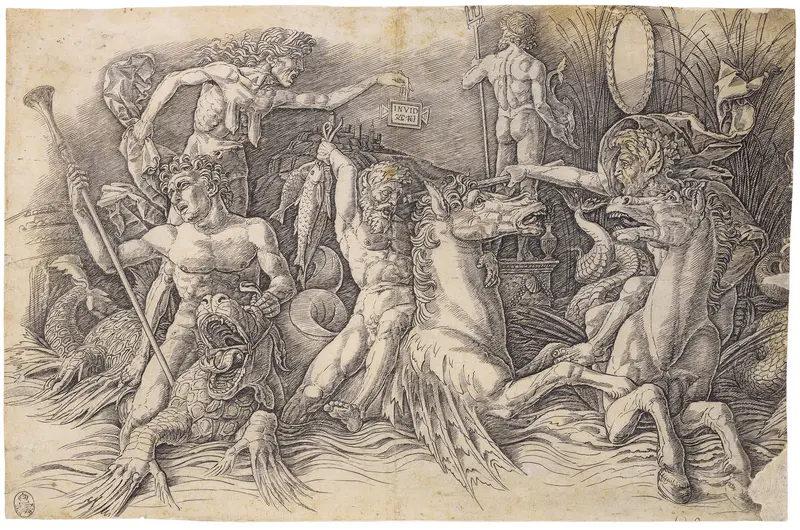


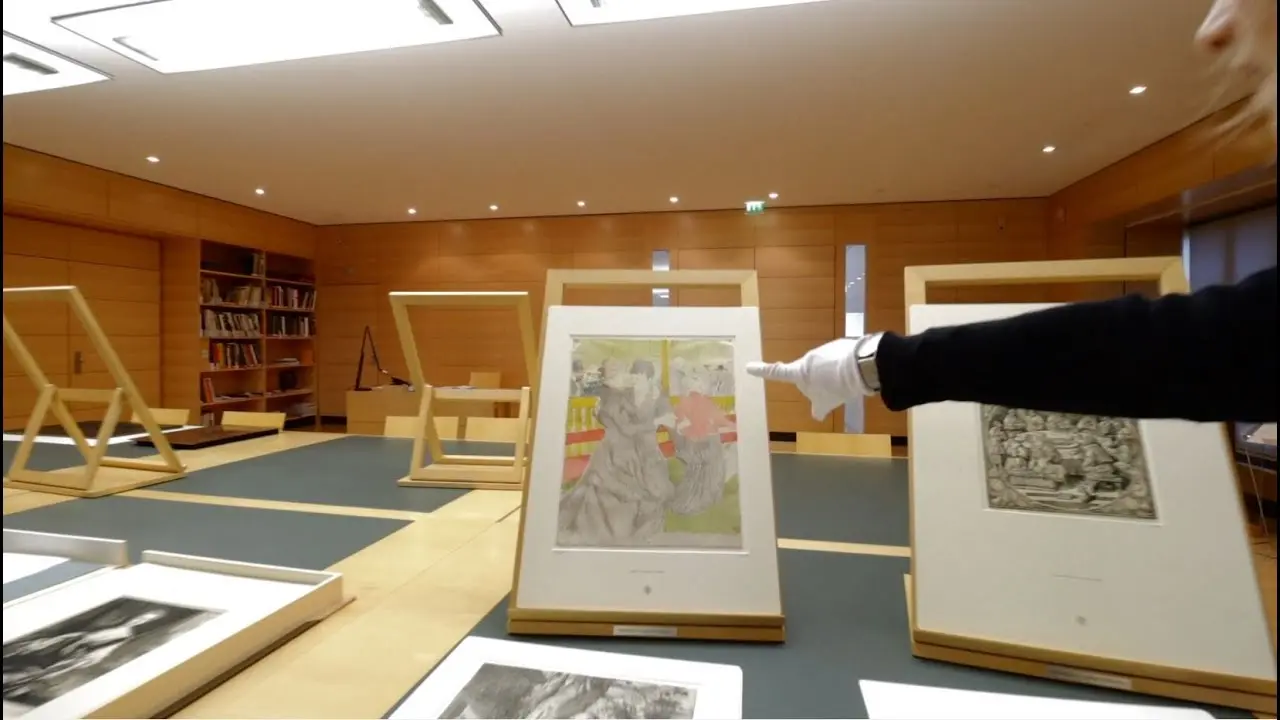
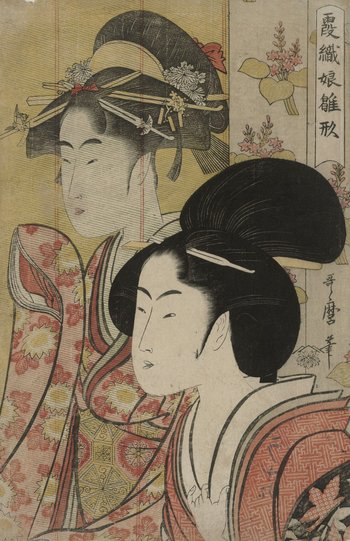
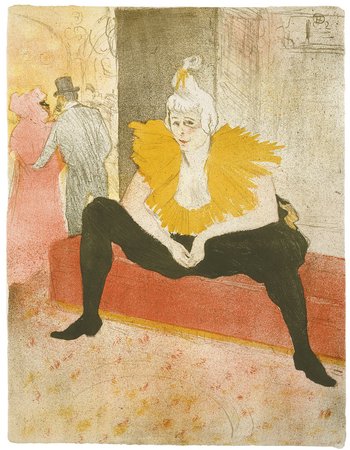
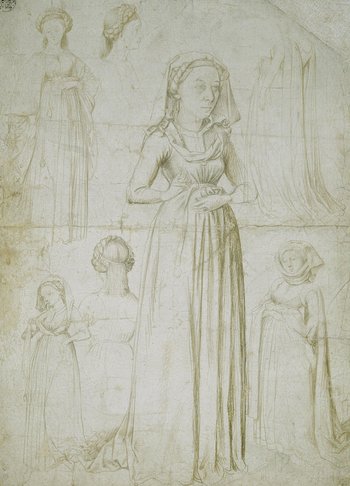
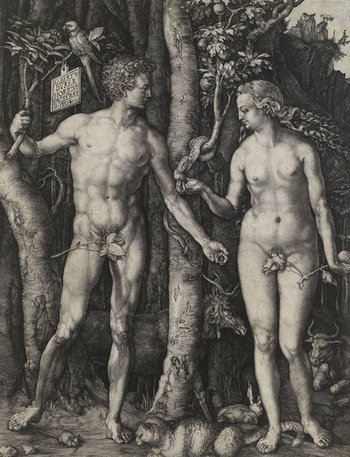
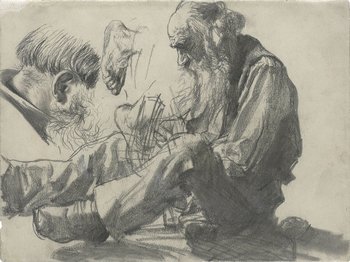
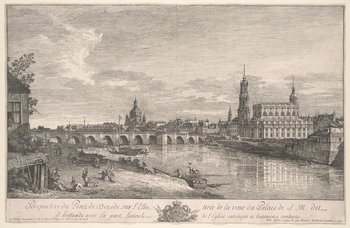
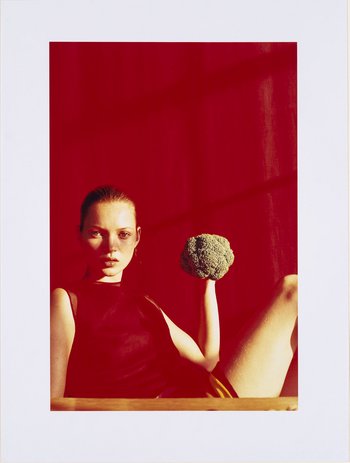
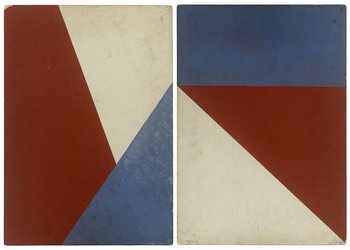
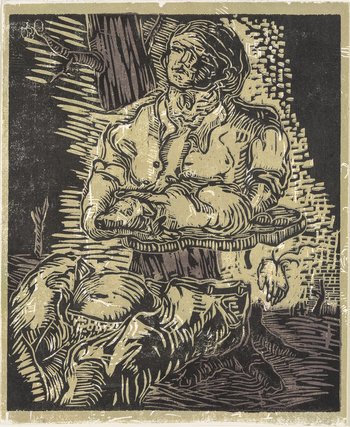
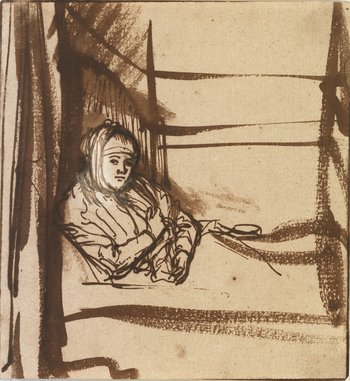

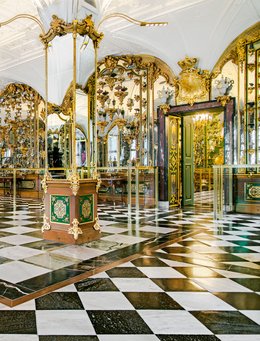
![[Translate to English:] [Translate to English:]](/fileadmin/_processed_/1/4/csm_Oskar_Zwintscher__Bildnis_einer_Dame_mit_Zigarette__1904_1e5932270e.jpg)
![[Translate to English:] Kunstgewerbemuseum gelber Kasten mit vier Füßen](/fileadmin/_processed_/2/5/csm_kg-dauerausstellung-ausstellungsteaser-portal_9f9692154c.jpg)
